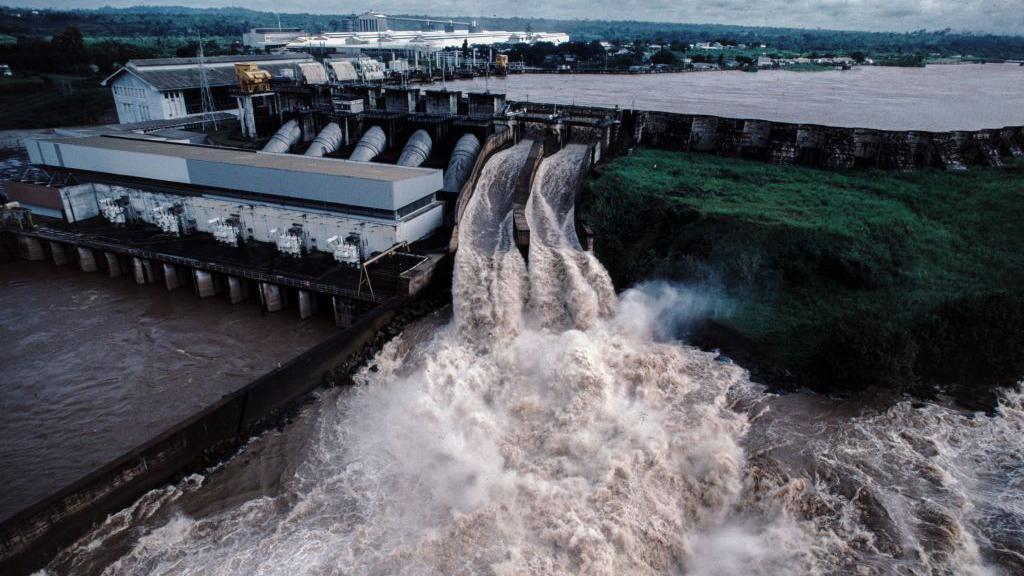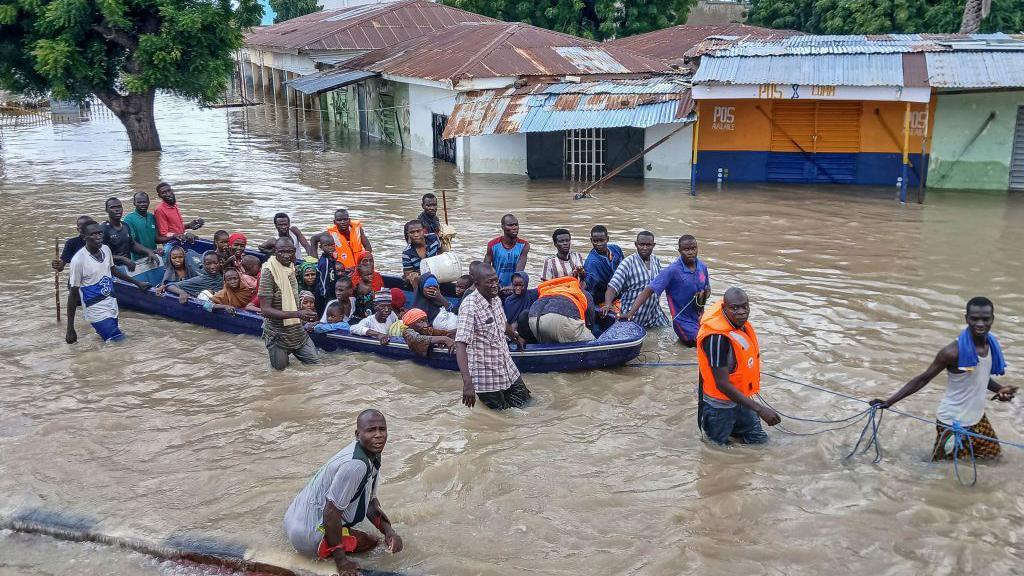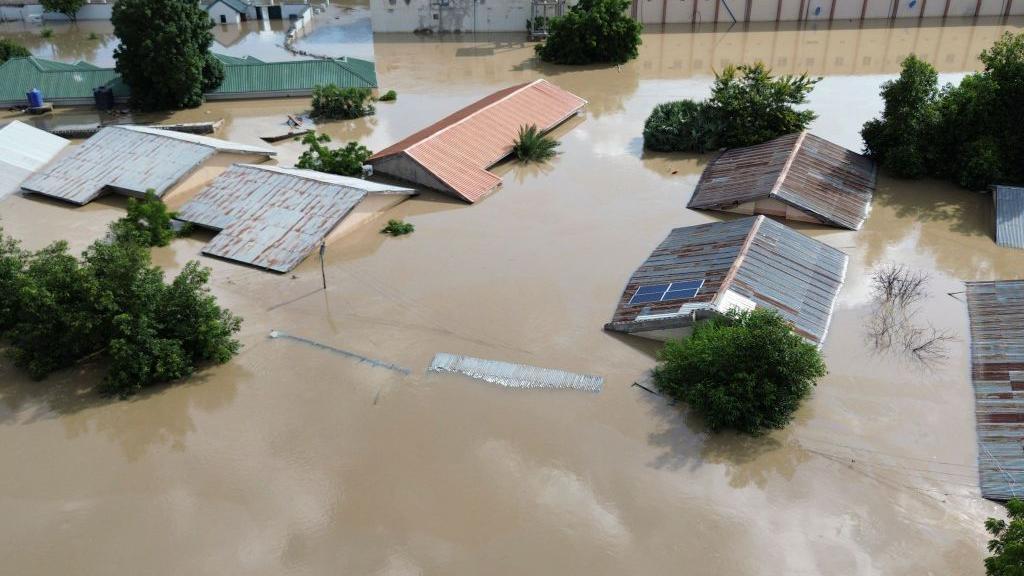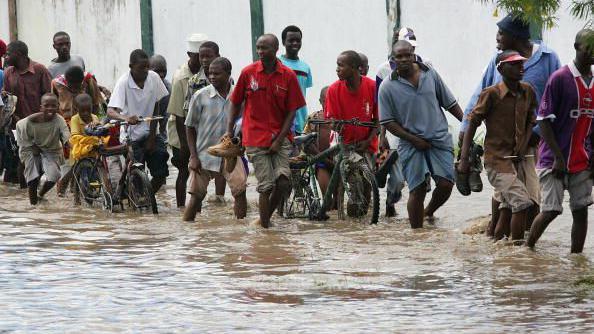
Every year, wen dem wan release water from di Lagdo dam in Cameroon, millions of pipo for 10 Nigeria states go begin to fear.
Hundreds of lives don dey lost for previous years, afta dem release water from di dam, while thousands of pipo go face displacement and economic activity go stop until di water reduce.
On Tuesday, di Nigerian Hydrological Services Agency (NIHSA), issue warning; neighbouring Cameroon go soon release di water inside Lagdo Dam and 11 states close to di bank of River Benue dey at risk of flood heading dia way. If dis happun, e fit worsen di flood situation in di kontri wia pipo don already die dis year and thousands don dey displaced.
Di states wey go likely dey affected – Adamawa, Anambra, Bayelsa, Benue, Cross River, Delta, Edo, Kogi, Nasarawa, Rivers, and Taraba – don record different level of flood ova di past decade wenever dem release water from di Lagdo dam. And every year, di humanitarian toll from di flood increase annually, statistics wey some tok say e dey preventable.
“Di release go dey regulated to ensure say di water level no pass di capacity of di Benue River system, preventing major flooding in downstream areas of Nigeria,” Umar Mohammed, NIHSA Director-General tok for statement.
- Nigeria get new fuel pump price?
- Germany sign agreement wit Kenya to welcome 250,000 Kenyans to come work
- Alau dam burst, wild animals escape and wetin we know about Maiduguri flood wey don render many homeless
Why Cameroon Lagdo Dam dey disturb Nigeria?

Di Lagdo Dam, wey dem complete in 1982 dey intended to supply electricity to di northern part of Cameroon and allow di irrigation of 15,000 hectares of crops downstream. But as wit most water reservoirs, e go full at some point during di year and dem go release di excess water.
Dem tok say Nigeria suppose build anoda dam on dia side, di Dasin Hausa dam, wey suppose dey Adamawa State. E suppose absorb di water wey dem release from di Lagdo Dam at any point in time, and minimise any impact e go get for Nigeria.
But e remain uncompleted and im absence mean say excess water from Cameroon Lagdo dam go continue to impact several Nigerian communities, especially di communities around di river Benue wia di water dey flow into.
Wetin be di impact?

Last year, wen di Nigerian goment say flood kill 28 pipo and displace 48,168 odas in di kontri, di seriousness of di situation dey linked to di Lagdo dam water release.
For 2022, authorities say di flooding kill 612 pipo and over 3.2 million dey affected wen e happun across several states, di source of di kasala na along di route wia di released water from di Lagdo Dam dey flow through.
Dat year, 181,600 houses damage partially, anoda 123,807 houses totally damage, 176,852 hectares of farmlands partially damage and 392,399 hectares of farmlands totally damage, according to authorities.
Di flood annual impact for Nigeria, wen dem first document am for 2012, more dan 10 pipo die, e don worsen every year since den.
Dis year go dey different?

Ibrahim Audu Usaini, head of di Niger State Emergency Management Agency, one of di states at risk of being flooded, tell BBC say dem dey carry out sensitisation for communities within flood prone areas and dem don evacuate pipo from plain to elevated positions near dia communities.
“We go also provide food and oda relief materials to di pipo, as dem dey draw leg to permanently leave dia communities,” e tok.
E explain say while di kontri dey already face flooding due to di flow of “white-water flood” from rainfall, di kontri dey also brace up for “black water flood”, wey go happun due to di release of water from di Lagdo Dam and oda water reservoirs.
While authorities in Nigeria tok say di flow of water from di Lagdo Dam into Nigeria go dey controlled, e remain make we see how dem wan achieve dis and how much of di annual impact fit dey avoided.







